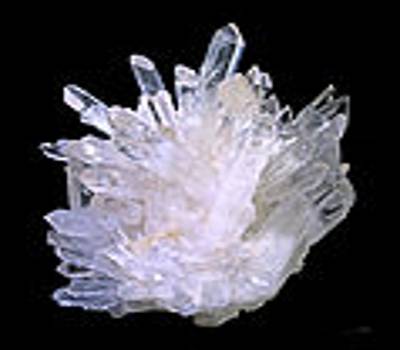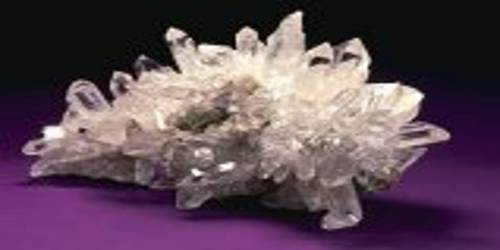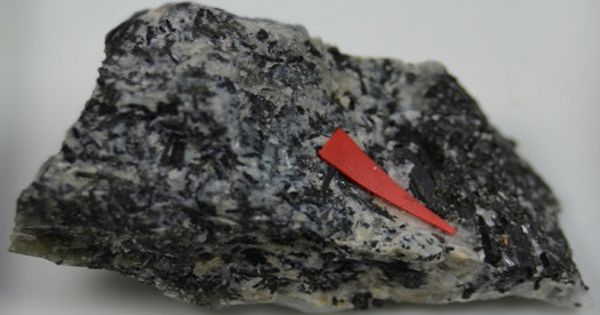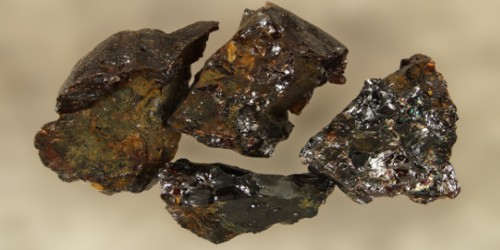Chlorocalcite is a rare potassium calcium chloride evaporite mineral with formula: KCaCl3. It is found in active volcanic fumaroles. A rare white mineral found in active volcanic fumaroles. The typical halide mineral is soft, can be transparent, is generally not very dense, has good cleavage, and often has bright colors.
It was first described in 1872 for an occurrence on Mount Vesuvius and given the name for its calcium content previous to discovering that it also contained potassium. It has also been reported from the Desdemona Mine, Peine, Lower Saxony, Germany.
General Information
- Category: Halide mineral
- Formula: KCaCl3
- Crystal system: Orthorhombic
- Crystal class: Dipyramidal (mmm)

Properties
- Formula mass: 185.54 g/mol
- Color: White, tinged violet
- Crystal habit: Prismatic or tabular cube-like crystals, pseudo cubic
- Mohs scale hardness: 2.5-3
- Diaphaneity: Transparent to semi-transparent
- Density: 2.16 calculated
- Optical properties: Biaxial (–)
- Birefringence: weak
- Solubility: In water
Occurrence: As a sublimate in volcanic fumaroles (Vesuvius, Italy).
Association: Sylvite, halite, hematite (Vesuvius, Italy); halite, tachyhydrite (Stassfurt, Germany).
Information Source:
















